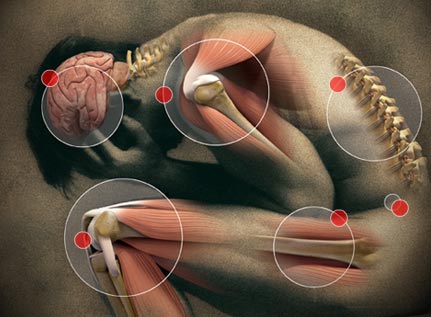Positive Psychology is a movement founded by Martin Seligman which aims to “increase the tonnage of happiness on the planet” by measuring, classifying, and increasing positive emotion and positive traits. It explicitly positions itself as the anti-DSM (The Diagnostic and Statistical Manual of Mental Disorders; American Psychiatric Association, 2001), having created its own ‘diagnostic’ manual, the Classification of Strengths (Peterson and Seligman, 2004), encompassing 24 human strengths within 10 criteria. Its roots are in humanistic psychology, and positive psychology’s seeming reluctance to properly acknowledge this has been much to the chagrin of parts of the humanistic psychology movement and community. Additionally, positive psychology has positioned itself on the side of science, aligning itself with a reductionist, quantitative approach, and claiming this as superior to the anti-scientific methods used by humanistic psychology. However, there are a number of philosophical, cultural and empirical problems with positive psychology’s current position, which suggests it is still at a rather immature stage in its development. Positive psychology’s application to clinical practice is unsurprisingly also in its infancy, with only a handful of well designed studies, but even with these issues the potential benefits of the interventions are tantalising.
Recent Posts
- An Open Letter to the Society for Neuroscience (SfN)
- An Open Letter to The American Association for the Advancement of Science (AAAS)
- Voice of Young Science media workshop
- Nudging the public into censorship: The effect of default opt-in on decision making
- I believe in CBT and my research shows it works! Therapy allegiance in psychotherapy research
Categories
Tags
Alzheimer's Diseaseanxietybeliefbrain cellsBuddhismchronic painclinical psychologycognitioncognitive psychologycognitive sciencecognitive therapycomputational modellingconnectionismconnectionist modelsconnectionist networksconsciousnesscyberchondriacyberchondriasisDown's Syndromedyslexiafolk psychologyhappinesshealthhealth anxietyhealth psychologyhippocampushypochondriahypochondriasisinduced pluripotent stem cellsiPSmartin seligmanMBCTmeditationmindfulnessneurophenomenologyneurosciencepainphenomenologyphilosophyphilosophy of mindpositive psychologypsychologyreadingStem CellsunconsciousArchives
- August 2014 (2)
- October 2013 (1)
- August 2013 (1)
- April 2013 (1)
- May 2012 (1)
- April 2012 (1)
- March 2012 (2)
- February 2012 (1)
- September 2011 (1)
- August 2011 (2)



